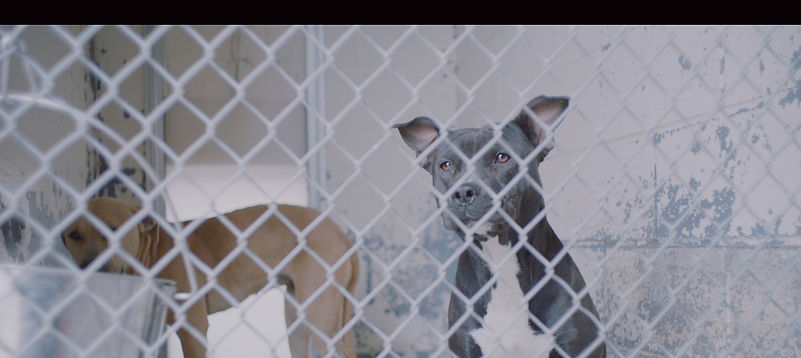
Frequently Asked Questions
Q: Why do you rescue dogs from Louisiana?
Louisiana has a large pet overpopulation problem, like many southern states do. We decided to focus our efforts on a particular area that has a large pet population and a shelter that is always full. Caddo Parish Animal Services is an open-intake shelter with very high intake numbers and adoption rates that can't keep up. We saw a need for more rescue interest in the animals there and decided this was the area and shelter we wanted to focus our efforts on.
Since Tail Lights Rescue Project is made up of only a handful of volunteers, we do not have the infrastructure to handle adoptions on a large scale. Most of the dogs we transport get adopted through our rescue partners (who you can learn more about on our Rescue Partners page). We know that being "boots on the ground" at the shelter and doing transports is where we can be the most useful.
Q: Do you adopt directly to individuals?
Q: Do you get paid for transports/dogs?
No, we do not make any money from transports or dogs; we volunteer our time and effort. We rely entirely on donations from the public to operate and have invested our own money in order to make Tail Lights Rescue Project a reality.
Q: How long is the drive from Louisiana to Washington?
The drive itself is about 33 hours and usually takes us around 4 days to complete. Before each transport, Sara spends around a week at the shelter tagging dogs, taking dogs to the vet, getting health certificates, etc.
In our transport vehicle! We switch off who's driving and will usually pull over for a few hours during the night to get some shut-eye.
Q: Where do you sleep during transports?
We started by renting vans but the cost was high and it became more and more difficult to find vans to rent. On several occasions, we showed up at the car rental to pick up the van we had reserved, only to be told it wasn't available after all. Thankfully, we were always able to find an alternative but we didn't want to wait until the day we couldn't - so we decided to purchase a transport vehicle. After doing research and weighing our options, we decided to look for a shuttle bus and in February 2022, we found one that met all of our requirements. After purchasing the bus, we put a lot of time and thought into modifying it to fir our needs. Our bus, Buster, can now comfortably fit dozens of dogs and several humans.
Q: Do you have a van?
Yes, we get attached to the dogs - some more than others - but that does not mean we want to keep them all! Our role is taking these dogs out of an overcrowded shelter where their future is uncertain or even set to end, and connect them with rescues that can find the best home for them.
What's best for the dog is always our priority. Every dog has different needs, whether it's an active life, another dog in the house, a home without cats, a working environment, a quiet home, or medical needs. We strongly believe that finding a home that can fulfill those specific needs is more important than any individual's want to own a dog for the sake of owning a dog. That being said, it is incredibly rewarding to see a dog find the right home. That's why we keep doing this!
Q: Do you get attached to the dogs? How do you not just keep all of them?
Q: How do you choose which dogs to take from the shelter?
We spend several days at the shelter before a transport, meeting dogs. We start by walking through the shelter and making a list of dogs that we would like to spend one-on-one time with. Per Washington state law, dogs over 6 months of age must have a negative heartworm test in order to travel into the state and because our current rescue partners are all located in Washington, that means any dog that has tested positive for heartworms is automatically excluded from our list. We spend some time in the play-yard with the dogs to get a better impression of their energy level, comfort being handled and how they are around other dogs. At the end of this process, we narrow down our list further and gather all the information we can for each dog. We then reach out to our rescue partners with that list to see which dogs they're able to take in. This is often dependent on the number of fosters they have available.
Heartworms are parasitical worms that can live in a dog's heart, lungs, and blood vessels. If left untreated, they damage blood vessels, cause lung disease and heart failure. Dogs get infected with heartworms when they're bitten by an infected mosquito. The mosquito deposits infective heartworm larvae onto the dog and after approximately six months of living inside their new host, they mature into adult heartworms. The best care for heartworms is first and foremost preventative care, i.e. giving a dog monthly heartworm-preventative. When a dog has tested positive for heartworms (HW+), they need to be seen by a vet and get on a treatment plan immediately. Unfortunately, heartworms are common in many southern states and testing positive significantly lowers a dog's chances of getting adopted or tagged by a rescue. You can read more about heartworms and heartworm disease here: https://www.heartwormsociety.org/pet-owner-resources/heartworm-basics
Q: What are heartworms?
